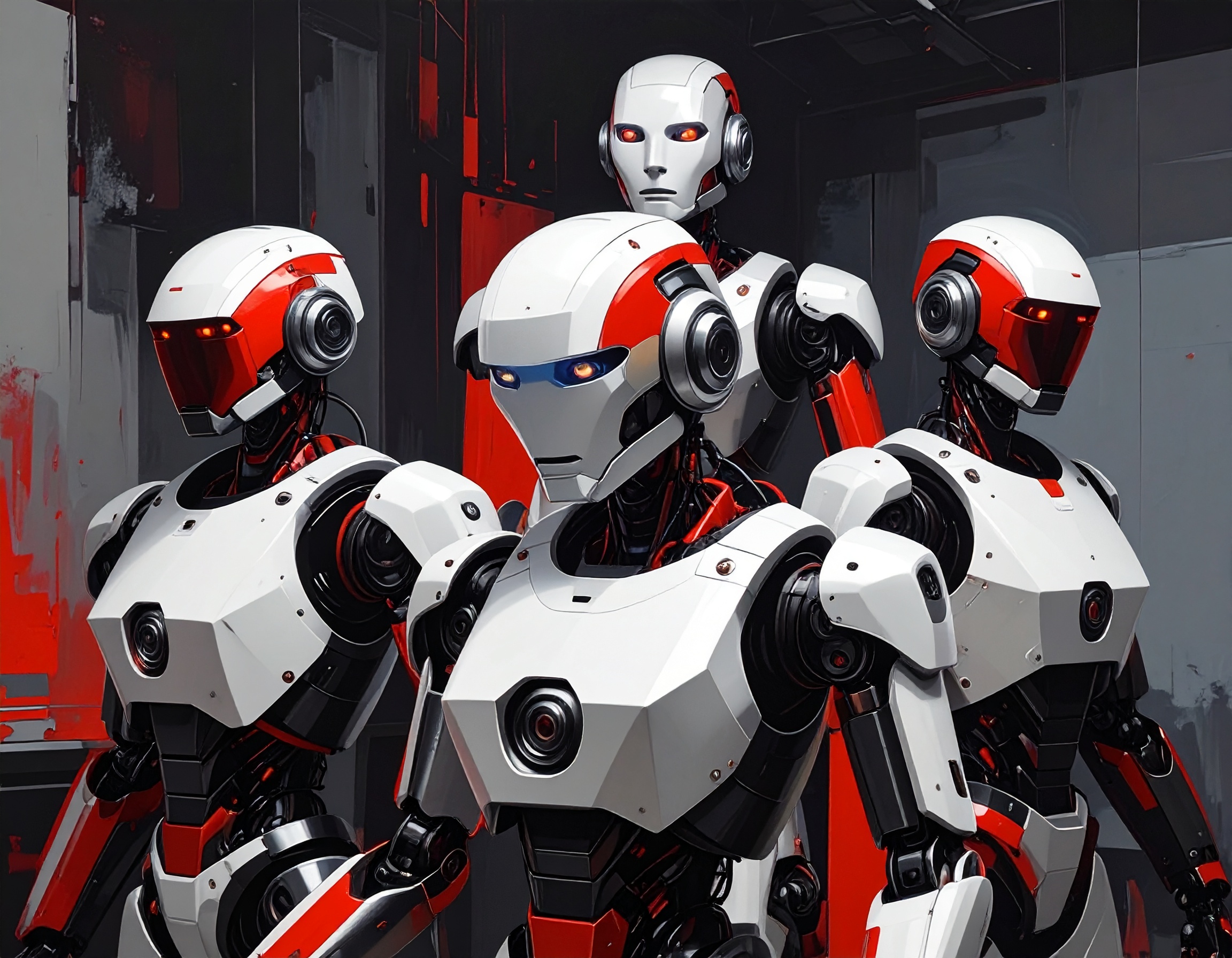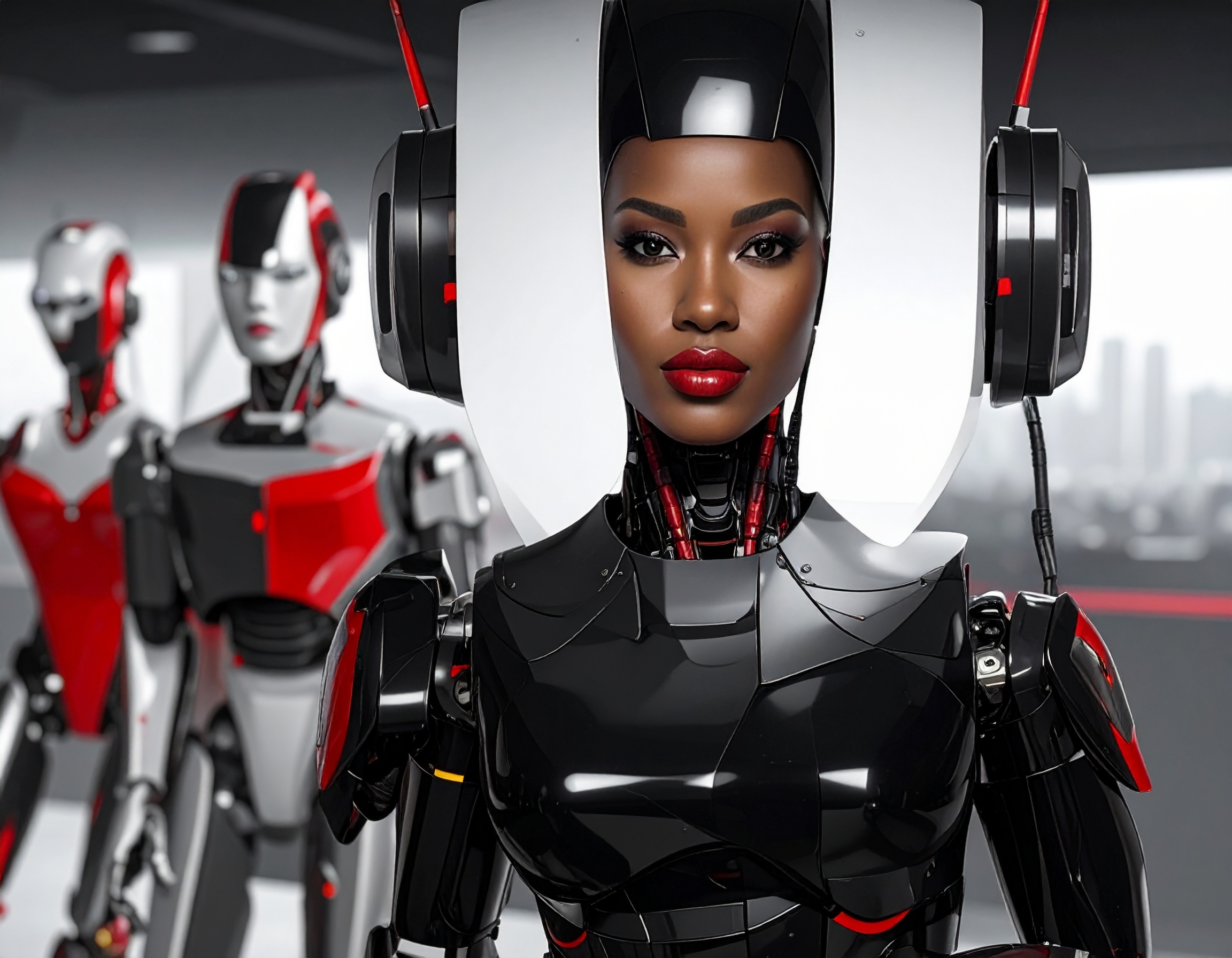Can Robots Dance: Discover the Latest Feat of Intelligent Agents

Introduction: A New Era for Digital Employees
On July 11, 2024, researchers from the University of California, San Diego, unveiled a humanoid robot capable of performing intricate dance routines, expressive gestures, and stable movement across various terrains. This breakthrough highlights the potential for intelligent agents to seamlessly integrate into human environments, transforming our perception of robots.

What Makes This Robot Unique?
The robot’s development relied on cutting-edge technology and innovative training methods. Engineers trained the upper and lower body separately, enabling complex gestures while maintaining balance on challenging surfaces like gravel and slopes. The robot’s ability to adapt to various human motions demonstrates its versatility and potential applications as a non-human worker in diverse industries.

Why This Matters: The Future of Human-Robot Interaction
This achievement signifies more than just a technical advancement—it’s a step toward making robots relatable and approachable. By enabling robots to perform human-like motions, engineers hope to foster trust and encourage collaboration in workplaces, homes, and even entertainment. The potential for digital employees to assist in factories, hospitals, and other environments is immense, reshaping industries and improving efficiency.
Looking Ahead: The Promise of Intelligent Agents
As robotics technology advances, the role of intelligent agents will continue to evolve. From performing tasks alongside humans to enhancing productivity in critical sectors, these innovations promise to redefine the boundaries between human and machine capabilities.

Key Highlights:
- Mimicking a wide range of human movements based on extensive motion data.
- Performing tasks requiring precision, such as dancing and gesturing, without compromising stability.
Reference:


